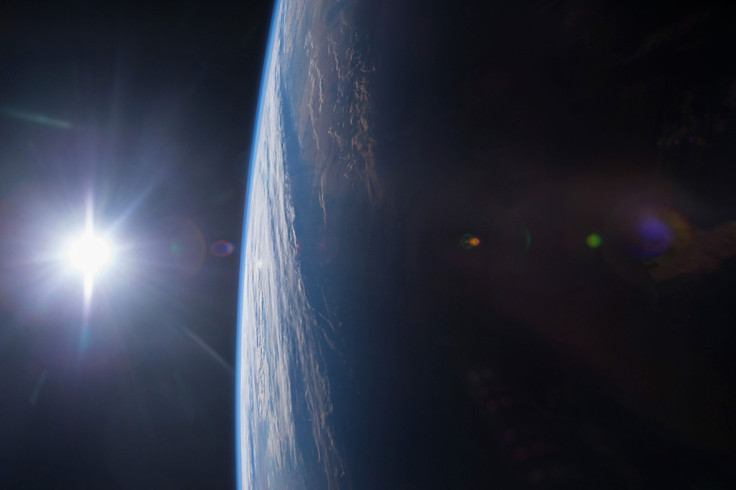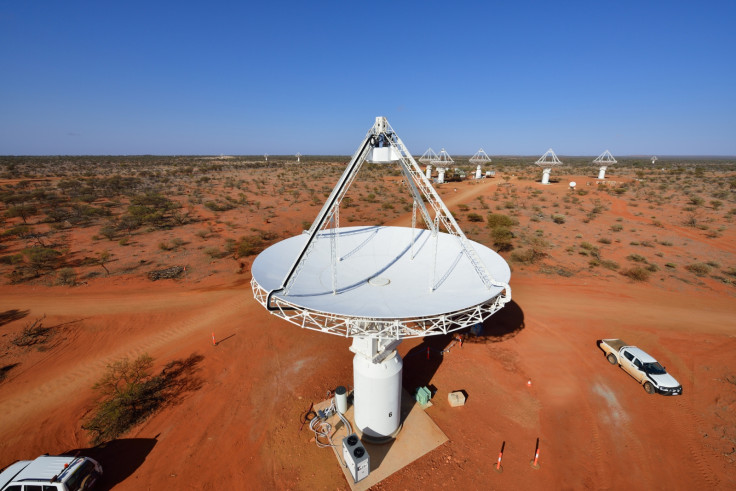5-billion-year-old signal detected from deep space as part of Australian satellite project

A satellite project based in a remote part of Australia has picked up an ancient signal that sprung from deep space.
The Commonwealth Scientific and Industrial Research Organisation (CSIRO) has established the Australian Square Kilometre Array Pathfinder (ASKAP) – a group of 36 satellite dishes located 300km inland from the west-coast town of Geraldton – which has been created to scan the skies.
The team says it has picked up cosmic radio waves originating from the galaxy PKS B1740-517 and states the signal is five billion years old.
The tiny signal is said to have a cold hydrogen gas "imprint", which is the foundation of the formation of new stars – something that it would have travelled to on its way to Earth.
Dr James Allison, leader of the work, said: "This catch shows we're going to bag a big haul of galaxies."

What makes the ASKAP project unique is that it is "exceptionally" radio quiet – meaning it is not plagued by radio interference, which Allison says "gives us a better chance of finding something new".
Elaine Sadler, Professor of Astrophysics at the University of Sydney and a member of the ASKAP research team, says this is just the beginning of the search.
She said: "ASKAP looks at a relatively unexplored part of the radio spectrum, 700 to 1800 megahertz. This means we'll be able to detect hydrogen gas deeper in space and, thanks to ASKAP's wide field of view, also over a much larger volume than we could before.
"We'll be hunting for galaxies that are five to eight billion years old, a timespan that represents a fifth of the universe's history.
"We want to learn how much hydrogen galaxies had in this period for forming stars. Until now we've had few tools for doing that."
The findings were announced at the National Astronomy Meeting in Wales.
© Copyright IBTimes 2025. All rights reserved.






















